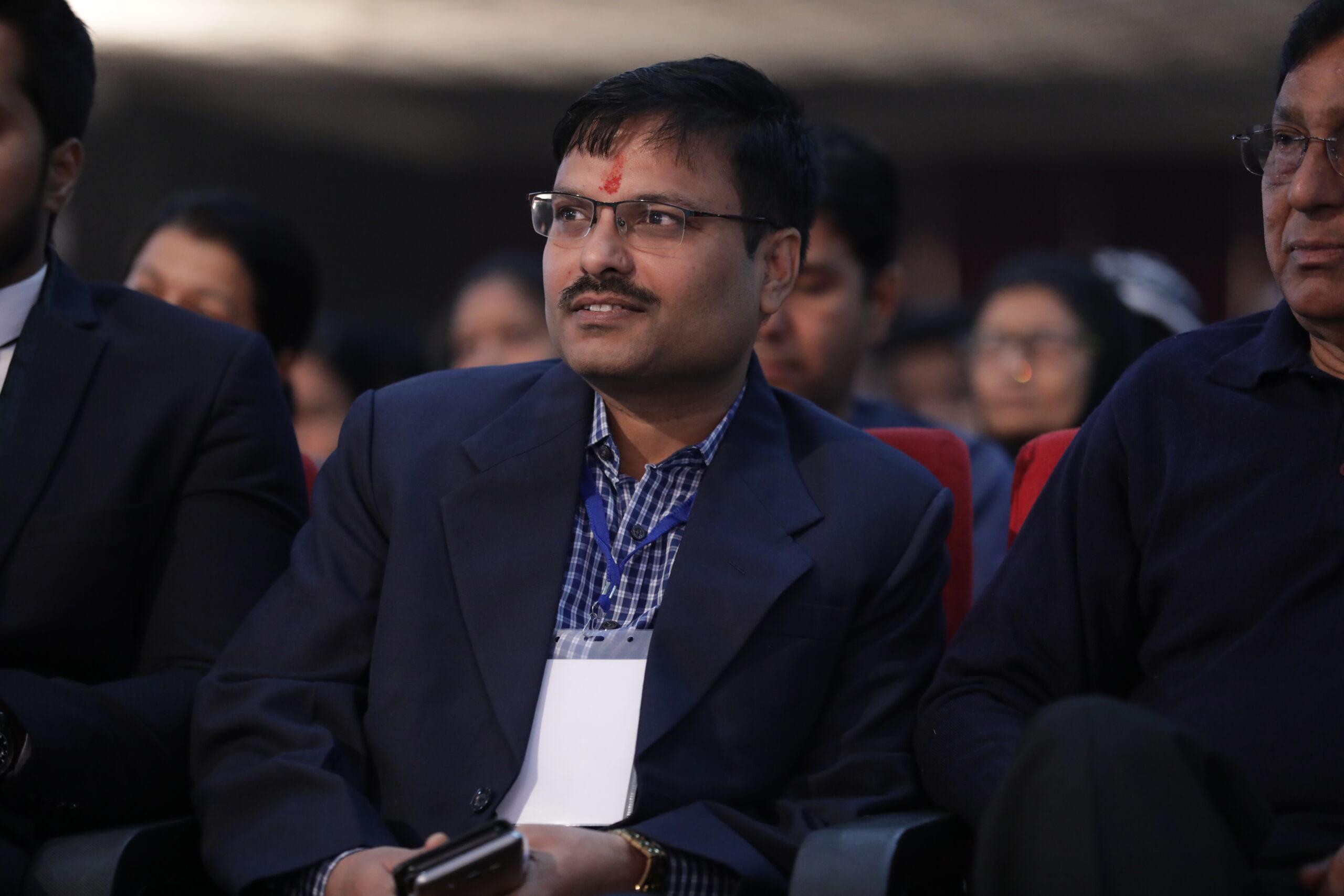We at Trishla Foundation wish to support the lives of patients who are suffering spastic cerebral palsy. By highlighting all the issues related to this condition and providing a recommended treatment plan, the main goal is to extend patients’ quality of life.
There are multiple definitions of spasticity, and some categorize spastic CP as a specific type of CP, while others use the term spastic CP to define a broad spectrum of CP.
Spastic cerebral palsy is the most prevalent form of CP; studies show that it affects 70 – 80 percent of patients. Spasticity can be described as the elevated tone or tightness of muscles in body parts that affects voluntary movement as a result of damage to the brain.
Effects of Spasticity on Health
Mild to moderate spasticity in itself don’t have much problem for health but if it is related with inability to perform activities then child suffer lot psychologically as well physically. Sever spasticity impact all the activities.
Understanding these helps tailor our treatment plans effectively:
Adverse Effects:
- Inability to move some muscles or joints and, consequently, pain and tightness.
- Unable to bend, crawl, or twist to engage in activities that are fundamental to everyday life
- There are problems with the ability to coordinate and move.
- Frequent development of joint deformities and contracture illnesses
Beneficial Effects:
- Keeps muscles tone and prevents soreness and shrinkage
Measuring Spasticity
The management of spastic cerebral palsy depends on the extent of the spasticity and hence requires reliable methods of assessing the amount. In our Trishla Foundation, we use different tools and measurements to evaluate the raised muscle tone and the degree of spasticity for an individual treatment.
Ashworth considered that muscle tone could be described as ‘spasticity,’ ‘rigidity,’ and ‘hypertonia.’ Hence, the Ashworth Scale of Muscle Tone is based on Ashworth’s findings.
The Ashworth Scale measures the degree of muscle spasticity. It grades muscle tone on a scale from 0 to 4:
- 0: no tone. Hypotonia
- 1: The patient can move his limbs, although, with a mild tone of the muscles, the involuntary contraction is enough to produce a clamp, quick release, and minimum resistance when the limb is moved to its full extent.
- 2: Further elevation of the intensity of the muscle tone throughout the significant portion of the electric stimulation cycle.
- 3: Most experience moderate to severe intermuscular stiffness, making passive movement extremely challenging.
- 4: Some of the affected body parts are set in flexion or extension.
Oral Medications
Oral antispastic agents have several types that could be prescribed to lessen the spasticity of a child with spastic cerebral palsy. These medications include:
- Baclofen: Drug used to reduce the spasticity.
- Diazepam: A mid-potency benzodiazepine with a therapeutic action of muscle relaxation & sdation.
- Tizanidine: This is an alpha-2 adrenergic agonist that is sometimes prescribed during treatment to reduce muscle rigidity & muscle sore.
Every medicine have some or other side effect so medicine should not be used without physician prescription. Every medicine have specific indication.
Intrathecal Baclofen
This is a therapy where baclofen is administered intrathecally in the spinal cord via a pump with a catheter that is surgically placed subcutaneously. It is an effective method in spasticity management and demonstrates fewer systemic side effects than oral agents for severe cases.
Splinting, Casting, and Orthoses
At Trishla Foundation, we use splinting, casting, and orthoses to manage spastic cerebral palsy effectively.
- Splinting: Assists in managing the position of joints and preventing clonic deformations.
- Casting: Can be applied to immobilize a joint for short time to treat spasticity & muscle shortening.
- Orthoses: Structural appliances and splint. For example. Bracings or supports that assist in positioning and movement, like the ankle/foot orthosis (AFO)
- Occupational Therapy: It is aimed at enhancing the patient’s functional abilities and assisting in motion, feeding, and writing, for instance. it involves training in activities of daily life to help people achieve their goals in a work setting, even if they have physical difficulties.
- Physical Therapy: it is dedicated to improving mobility, strength, and flexibility by providing equipment that supports exercises and stretches.
Assistive Technology
We utilize various assistive technologies to support individuals with spastic cerebral palsy:
- Communication Boards: Improve speech & language for those who face communication disorders
- Adapted Computers: Give people a chance to use technologies that are helpful for learning and entertainment.
- Mobility Aids: Get along walkers, wheelchairs, and other tools that enhance or aid movement.
Hydrotherapy
Water-based Therapy is helpful as a supplement to conventional therapeutic procedures since it utilizes water’s buoyancy and resistance to address issues with muscles and movements.
Alternative Therapies
- Acupuncture: Sometimes can alleviate pain, muscular tension, and spasms.
- Yoga: Flexibility, strength, and general well-being are some of the improvements frequently offered by rehabilitation facilities.
The Importance of Family and Community Support
About the second aspect, we would like to point out the need for a family and community’s active role in supporting a child with spastic cerebral palsy. Families play a crucial role by:
- Giving comfort and encouragement physically and mentally.
- Compliance with treatment regimens and Therapy
- Supporting the child in decision-making or demanding their rights to be fulfilled in schools or hospitals
Prognosis
In general, a poor outlook for children with spastic cerebral palsy depends on the severity of the condition and the efficacy of the prescribed interventions.
By identifying the tasks that the child cannot complete independently and undertaking them on their behalf, numerous kids with developmental issues can live everyday lives if the necessary actions are taken when the problems are still mild. This approach is especially relevant in improving the cerebral palsy prognosis, as early intervention can significantly enhance the quality of life and functional abilities of children with this condition.
Critical factors for a favorable prognosis include:
- Therapies given at an early age are carefully followed up to ensure motor skill development and minimize complications
- Mobility aids specific to the person and assisting with specific tasks involving disability.
- School cultures that this category of children enjoys in their classrooms.
- Peer support and family support to ensure that the child gets a good home and community acceptance.
Conclusion
We at Trishla Foundation have dedicated ourselves to creating an enhanced future that paves the way for the lives of those affected by spastic cerebral palsy by offering them practical medical assistance as well as treatment.
Leading evidence indicates that children with spastic cerebral palsy can benefit from successful interventions aimed at early childhood development that enhance independence and mobility, enabling the children to lead productive lives.
Through teamwork, both primary stakeholder and consumer groups in healthcare, namely families, and the wider community, it’s possible to assist those with spastic cerebral palsy to optimize their potential.
For consultation with experts and getting a developed childhood care plan for spastic cerebral palsy, join Trishla Foundation today!








